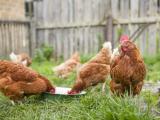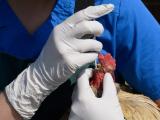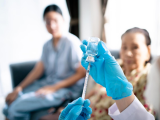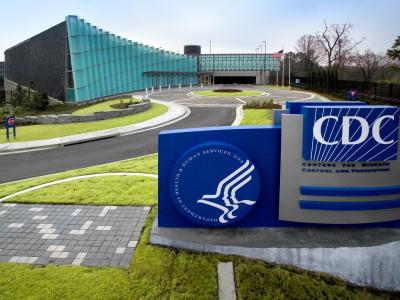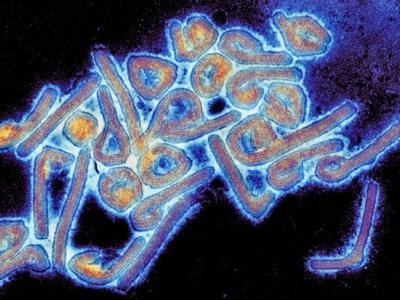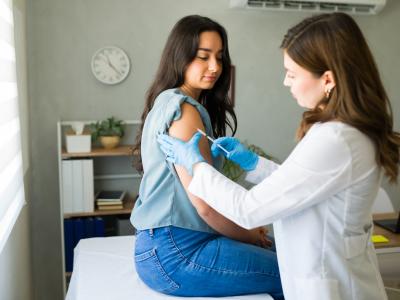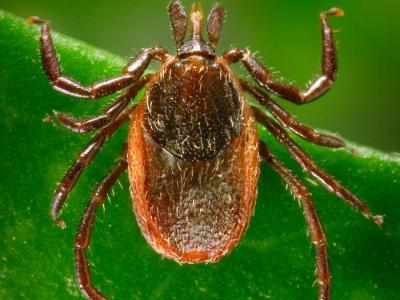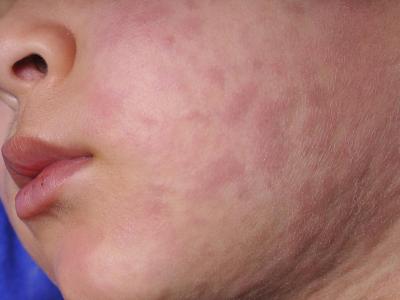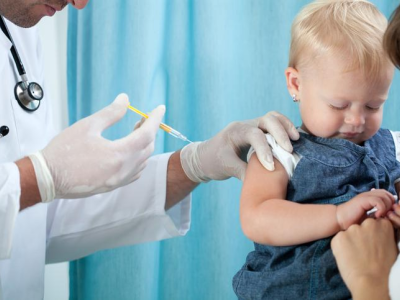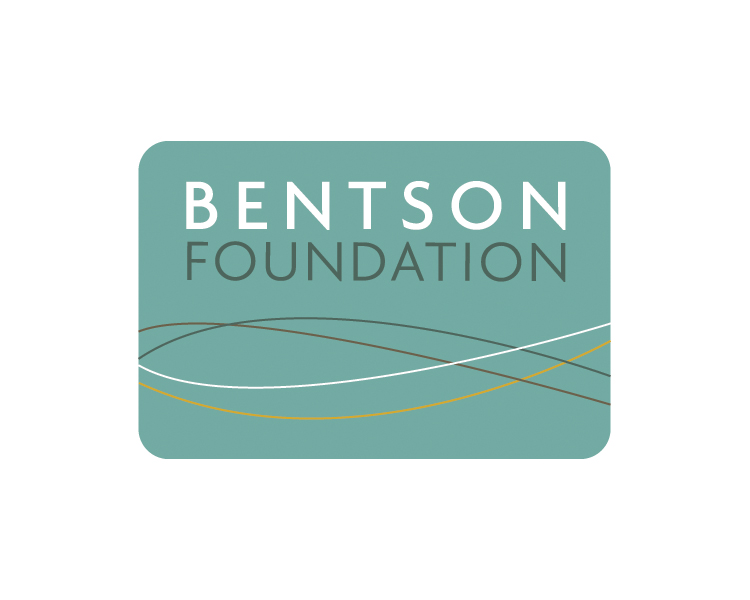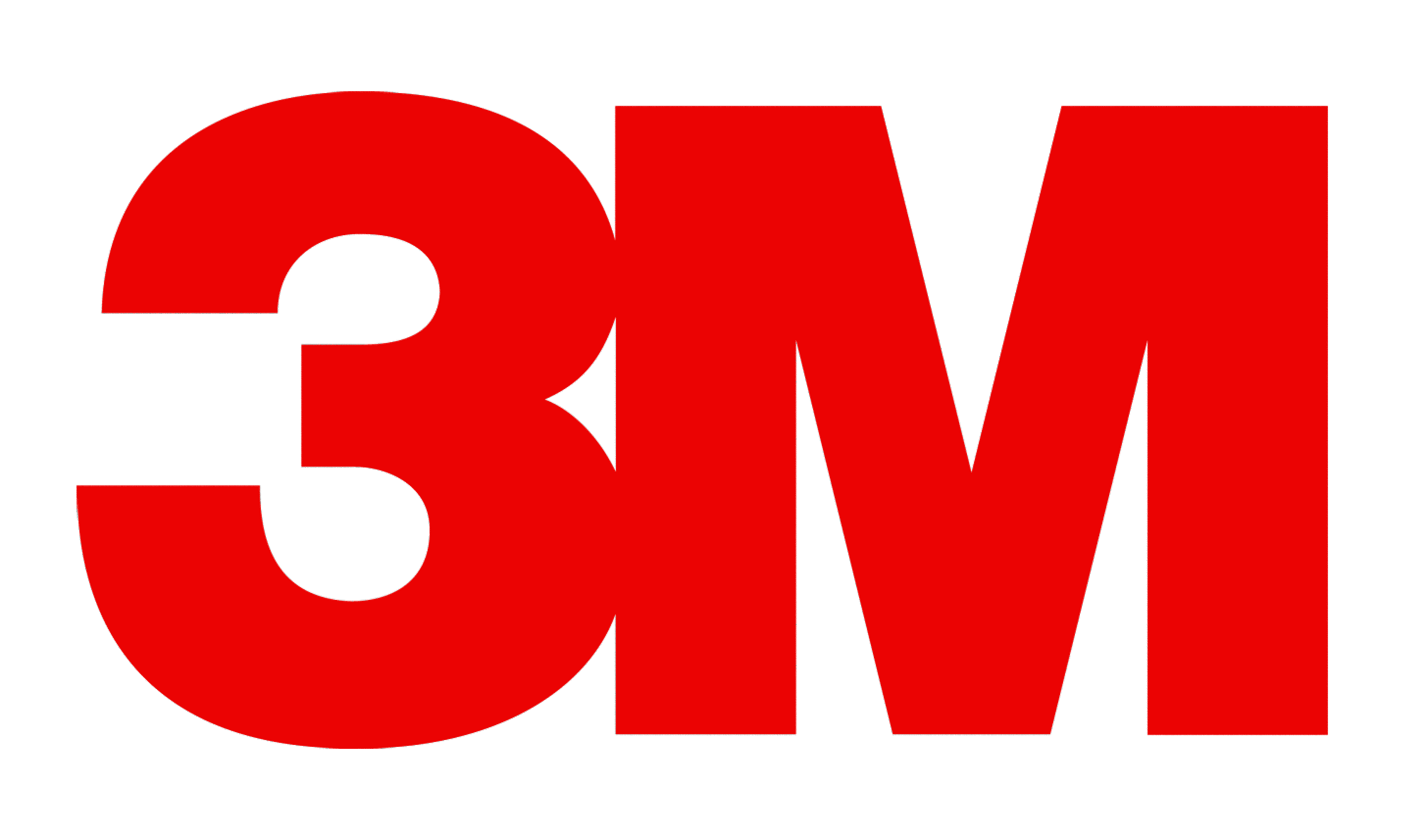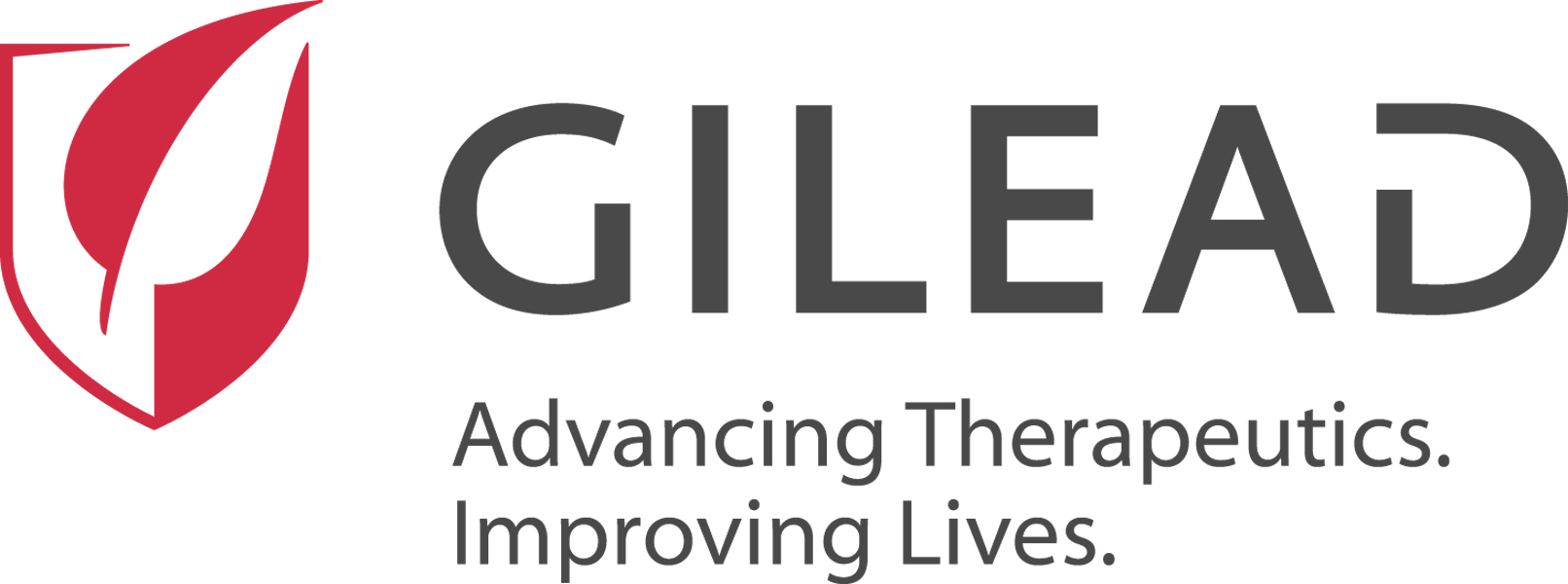Oct 24, 2008 (CIDRAP News) The World Health Organization (WHO) has drafted a revised pandemic influenza preparedness plan that updates the definitions of pandemic phases and puts more emphasis on the social and economic effects of a global epidemic, among other changes.
The plan, intended to replace the existing one published in 2005, aims to present "simpler and more precise definitions" of the six pandemic phases and groups them to emphasize planning and preparedness considerations. The draft also defines "post-peak" and "possible new wave" phases.
The WHO is seeking comments on the draft and plans to publish the final version in December. Interested people can request a copy through the WHO Web site; to file comments, they must fill out a "declaration of interest" form. Comments must be submitted by Nov 3.
The agency says it is revising its guidance to reflect scientific advances and increased practical experience in responding to human and avian influenza since 2005. Events have included the development of national antiviral stockpiles, the approval of some H5N1 vaccines, the launch of efforts to create an international H5N1 vaccine stockpile, advances in understanding of past pandemics, and more knowledge of possible control strategies, the WHO said in a July statement on the drafting process.
Also, practical experience in pandemic planning and in responding to avian flu outbreaks in the past 3 years has led to "a greater recognition that pandemic preparedness planning requires the involvement of both health and non-health sectors," the agency said.
Pandemic phases
The draft guidance has six main pandemic phases, like the 2005 version. "However, the grouping and description of pandemic phases have been revised to be simpler, more precise and based upon verifiable phenomena rather than inference," the document states.
Changes in the phase definitions are clearest for phases 1, 5, and 6, with lesser changes in the other phases. In the existing guidance, phase 1 is defined as a time when, though no new flu viruses have been found in humans, a flu virus that has caused human infection "may be present in animals," but the risk of human infection is considered low. In the new draft, the phase 1 definition states simply: "No animal influenza virus known to have caused infection in humans has been identified in animals."
Phase 3 as defined in the current guidancethe phase the WHO puts us in nowis described as "human infections with a new subtype, but no human-to-human spread, or at most rare instances of spread to a close contact." In the draft, this changes to: "An animal or hybrid animal-human influenza virus has caused sporadic cases or small clusters of disease in people but has not resulted in human-to-human transmission sufficient to cause community level outbreaks."
For phase 5, the draft guidance uses a more specific geographic criterion than the existing document. The existing guidance speaks of larger case clusters but ones still confined to a localized area, suggesting that the virus is not yet fully transmissible. The draft document defines phase 5 as featuring a virus that "has established human-to-human transmission in two or more non-contiguous countries in one geographical region."
Similarly, the new phase 6 definition uses a specific geographic criterion, this one signaling intercontinental spread. Whereas the existing guidance defines this phase only as "increased and sustained transmission among the general population," the draft defines it as featuring a virus that "has caused clusters of disease in at least two of the following geographical regions: Africa, Asia, Europe, Americas, and Oceania."
The draft also defines three more phases after phase 6, none of which is numbered: the "post-peak period" (cases in most countries have dropped from peak levels), a "possible new wave" (flu activity is rising again), and the "post-pandemic period" (cases have returned to the normal range for seasonal flu).
A phase is not a prediction
Each phase is linked to an "estimated probability of a pandemic" in the draft guidance, unlike in the current version. The probability is listed as "uncertain" for phases 1, 2, and 3, and rises for the remaining steps.
However, "It is important to stress that the phases do not represent an epidemiological prediction," the document states. It is possible, in other words, to have early specific threats that do not lead to a pandemic; it is also possible for the first outbreaks of a pandemic to occur in such a way as to skip some intermediate phases.
The guidance links the various phases to various responses by countries. However, it says the decision on when to start production of a pandemic vaccine will not be dictated by the phase: "The decision to recommend a switch to pandemic vaccine production will be made independently of phase changes. The ability to act promptly in such situations will depend entirely on access to viruses shared through the WHO Global Influenza Surveillance Network (GISN), highlighting the paramount importance of international cooperation in this area."
All of society should prepare
Another feature of the draft guidance is an emphasis on the principle that all of society, not just the health sector, should prepare for a pandemic. "In the absence of early and effective planning, societies may experience social and economic disruption, significant threats to the continuity of essential services, lower production levels, distribution difficulties and shortages," it states.
For example, it says, "If the electricity and water sectors are not able to maintain services, there will be grave implications for the ability of the health sector to function."
The guidance says that "non-health" sectors of society should plan for the likely impacts on businesses, schools, and other organizations; establish policies to be used during a pandemic; allocate resources to protect employees and customers; and educate employees.
The WHO plans to publish a collection of "supporting technical documents" with the final guidance, one of which will cover nonhealth sector preparedness. Others will cover disease-control measures, outbreak communications, surveillance, laboratory preparedness, and healthcare surge capacity. Tools such as checklists, training manuals, and a handbook for the public will also be published.
While granting that the socioeconomic effects of a pandemic may be major, the WHO says it will measure pandemic severity on the basis of direct health impacts: "Societal and economic effects may be highly variable and dependent upon multiple factors (including the effects of the media and the underlying state of preparedness). WHO will instead assess pandemic severity based on primarily measurable effects on health."
Components of preparedness, response
The guidance lays out five components of preparedness and response to describe actions in each phase of a pandemic: (1) planning and coordination, (2) situation monitoring and assessment, (3) communications, (4) reducing the spread of disease, and (5) ensuring continuity of healthcare provision. This list differs slightly from the list in the existing guidance: (1) planning and coordination, (2) situation monitoring and assessment, (3) prevention and containment, (4) health system response, and (5) communication.
Many of the recommended activities within the various components are the same or similar between the existing and draft guidance, but some differ. For example, for containment efforts during phase 4, the draft advises affected countries to "engage in rapid containment operations in collaboration with WHO and the international community," among other steps. The corresponding section in the existing document does not mention rapid containment operations, saying only that countries should "implement appropriate interventions identified during contingency planning, and consider any new guidance provided by WHO."
The draft guidance for the first three phases incorporates the WHO's existing recommendations on several topics: actions by individuals and households; actions at the societal level, including international travel measures; antivirals and other pharmaceuticals; and vaccines.
The vaccine section notes that the WHO currently makes no recommendations "either supporting or opposing the stockpiling of new influenza vaccines by a country for use either prior to a pandemic or during its early stages [prepandemic vaccines]. A well-matched pandemic vaccine will only be available after the pandemic influenza virus is identified."
